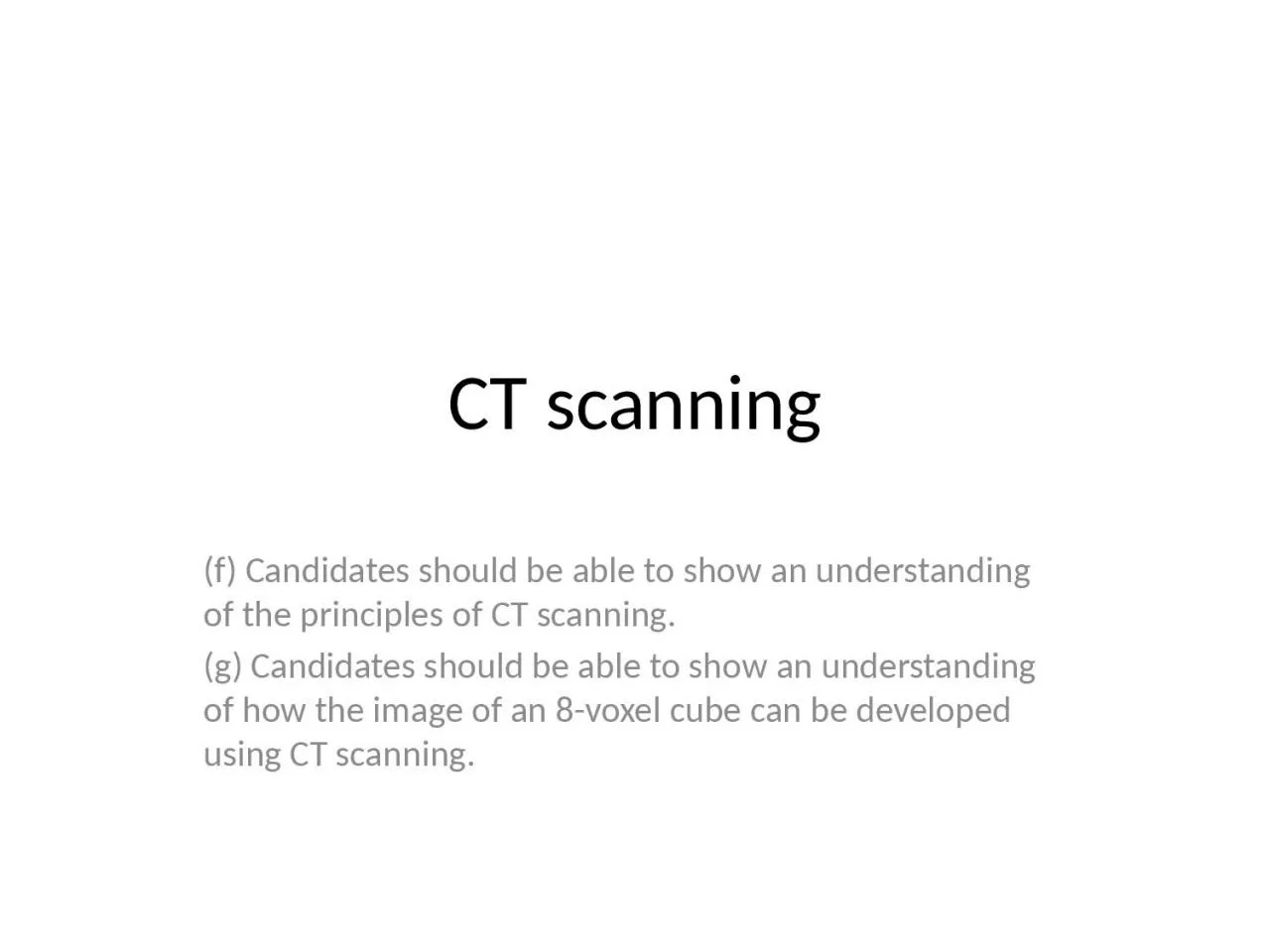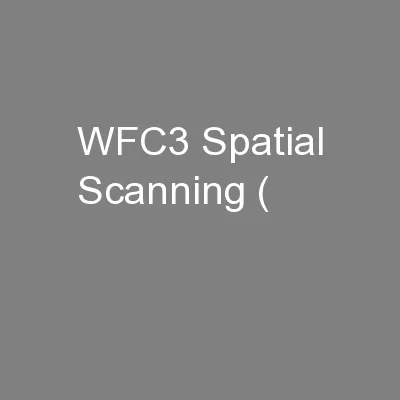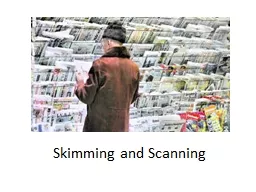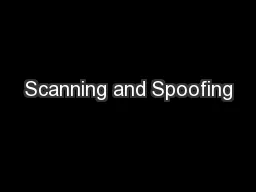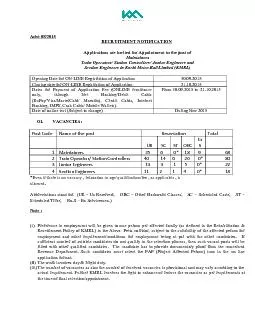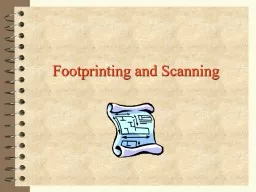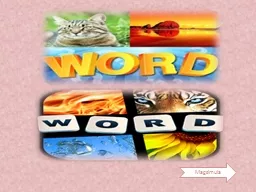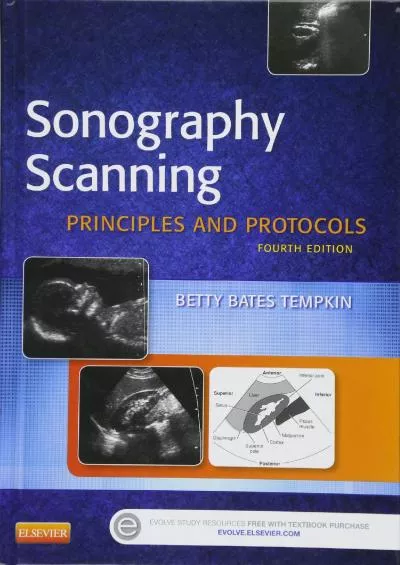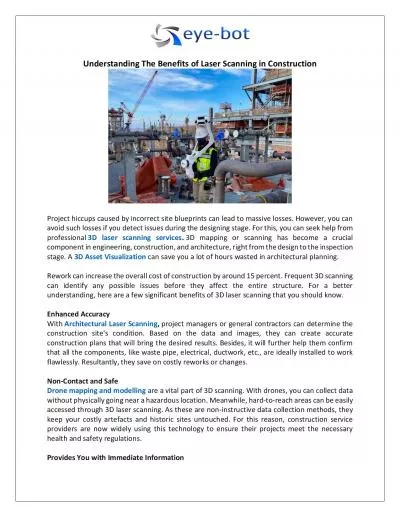PPT-CT scanning (f) Candidates should be able to show an understanding of the principles of
Author : wang | Published Date : 2022-07-01
g Candidates should be able to show an understanding of how the image of an 8voxel cube can be developed using CT scanning Xray The beginning XRays discovered
Presentation Embed Code
Download Presentation
Download Presentation The PPT/PDF document "CT scanning (f) Candidates should be abl..." is the property of its rightful owner. Permission is granted to download and print the materials on this website for personal, non-commercial use only, and to display it on your personal computer provided you do not modify the materials and that you retain all copyright notices contained in the materials. By downloading content from our website, you accept the terms of this agreement.
CT scanning (f) Candidates should be able to show an understanding of the principles of: Transcript
Download Rules Of Document
"CT scanning (f) Candidates should be able to show an understanding of the principles of"The content belongs to its owner. You may download and print it for personal use, without modification, and keep all copyright notices. By downloading, you agree to these terms.
Related Documents

